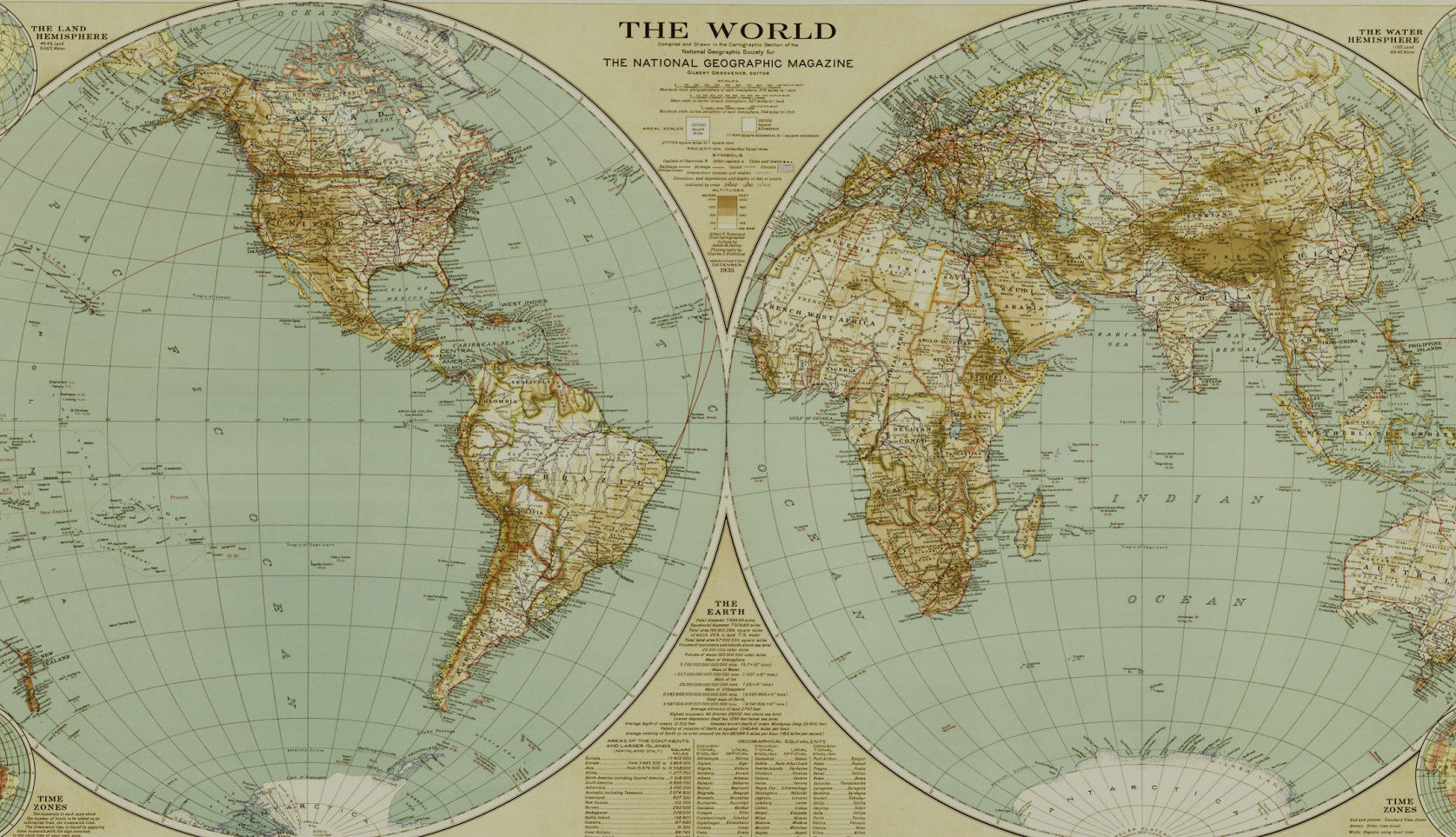Like many of the projects I have worked on during this year of digs, the Caherconnell Archaeology Field School is revealing evidence of past activities through excavation – in this case at Caherconnell cashel in the Burren region of western Ireland. A caher (or cashel from the Irish word Caiseal – ‘stone fort’) is a farmstead enclosed by a dry stone wall. The large circular stone wall that makes Caherconnell the imposing monument it is today was constructed in the late 10th century AD and the site continued to be used as a residence into the start of the 17th century AD.
Excavating a medieval site is fascinating because there is just so much material with which to develop a rich narrative. A trial excavation was conducted in the cashel at Caherconnell in 2007 and in 2010 the archaeology field school excavations began. The project team, led by Dr. Michelle Comber, have been revealing structures and artefacts spanning the use of the site ever since. Stone walls, animal bone and finely worked metal objects all come together to tell the story of the medieval ’native’ Irish Gaelic people who lived and worked here – a story not fully told through written history. The seasonal digs at Caherconnell are helping archaeologists and historians to better understand the lifestyle of Gaelic Irish people in the medieval period, a period whose narrative is often dominated by the archaeology, architecture and politics of the invading Anglo-Normans (from the 12th century AD).
The Caherconnell cashel was built by a wealthy family in the late 10th century AD, possibly the ancestors of the O’Loughlins who presided over the territory of Caherconnell in the later medieval period. The archaeological excavations have unearthed extensive evidence for the food grown, gathered and raised by the farming/herding people who built and lived in the cashel. The underlying limestone bedrock of the region creates an alkaline condition (non-acidic) that preserves bone wonderfully. As a result there is a large animal bone assemblage from the site that tells us the cashel’s occupants throughout the medieval period had a varied diet including pig, sheep/goat and cow milk and meat, fish, shellfish, and poultry. The meat in their diet was supplemented with gathered herbs, fruits and nuts (like the ever present hazelnut!), and cereal grains like barley, oats, rye and wheat ground by hand into flour and/or meal using heavy stone rotary querns.
In the 10th century AD the cashel wall and a circular stone house in the centre of the enclosure were built. Later in the late 10th/early 11th century AD a rectangular stone house replaced the first circular house. At this time a surface of shaped limestone slabs was laid within the cashel, providing a nice stone surface to walk upon within the enclosing wall. When the rectangular house and the area around it were excavated the archaeologists found a stone-lined hearth, post-holes and a stone path. Sometime in the 11th to the 14th century another (slightly rougher) limestone slab surface was laid down over top of the earlier one. This slab surface did not go over the foundation of the rectangular house, which suggests that the house was still in use at this time. The last building phase was in the 15th/16th century when a new rectangular house was built (and the earlier one demolished), the entrance through the enclosing wall was rebuilt and a large wall was constructed down the centre of the cashel which effectively divides it in two.
The artefacts found during the excavations tell us quite a lot about the activities that took place within the cashel. Coins, beads and personal ornaments found on the site are in some cases from other European countries and in other cases are clearly Irish in style. The exotic objects, like the late 10th century amber bead (possibly from Scandinavia?) and the colourful late 15th/16th century Venetian glass bead, are evidence that Caherconnell’s Gaelic inhabitants’ were connected to the wider world outside of medieval Ireland. Other objects like spindle whorls for making wool, waste products from iron-working, and bone or metal sewing needles are hints of the making and/or repairing of everyday objects that would have been ongoing. Very special finds like a tuning peg from a harp, delicate bone hair-combs, jewellery (such as a silver finger ring and glass bracelet) and various other decorative pieces like bronze dress pins add a dimension of affluence to the Caherconnell story: at least some of the people who were living here were able to afford very valuable and shiny objects!
The excavations at the Caherconnell cashel are ongoing and – as I have seen firsthand during my time on-site – there is much more to be uncovered and discovered here! If you are interested in participating in the excavations yourself, more information (and photos!) about the field schools, the facilities and the story of this fascinating place can be found on the Caherconnell Stone Fort website and Facebook page.
